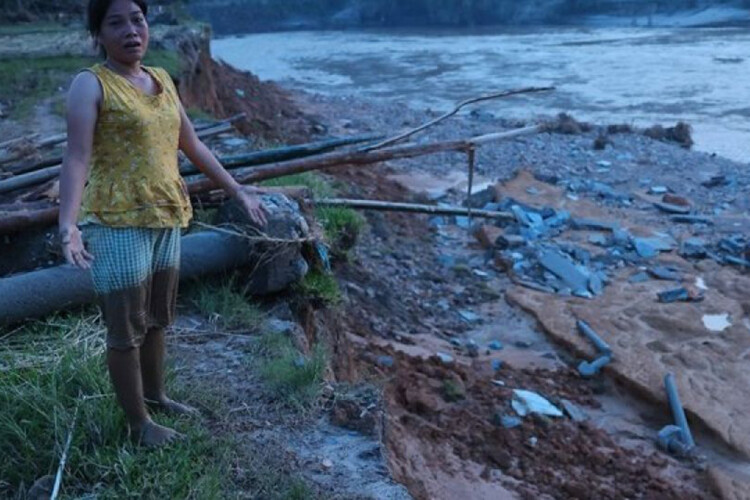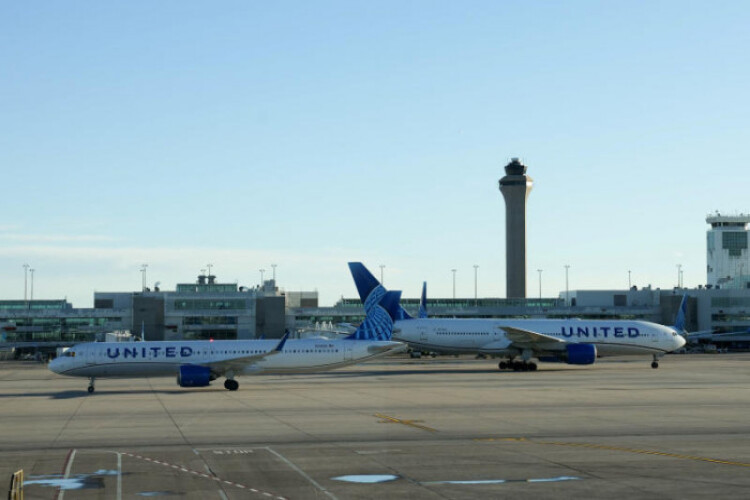
With the total damage caused by powerful typhoon Yagi estimated to exceed VNĐ50 trillion (US$2 billion) across the country, the Government has issued a resolution outlining six measures to accelerate recovery.
The first measure involves ensuring the safety and well-being of the population in affected areas.
The second focuses on rebuilding community life to help people return to a sense of normalcy.
The third centres around revitalising economic activities.
The fourth focuses on enhancing preparedness for future natural disasters, such as floods and landslides.
The fifth involves simplifying administrative procedures to expedite the delivery of relief and support for those in need.
The last measure focuses on keeping inflation in check and promoting economic growth.
The Government has also instructed all relevant ministries, agencies and local authorities to promptly disburse emergency support to vulnerable groups.
Funds from the state budget will be used to repair homes, public infrastructure, schools and hospitals, with a focus on reopening these facilities as quickly as possible.
Tuition fees for students affected by the typhoon will also be reduced or waived for the 2024-25 academic year.
The Government has directed the Ministry of Public Security to take action against fraudulent groups on social media posing as relief organisations.
The Government has also emphasised that all recovery measures must be implemented transparently and in full compliance with the law.
Ministers and local officials are urged to act swiftly, addressing challenges and preventing waste and misuse of funds. Any issues beyond their authority must be reported to higher levels for resolution.
As of September 17, official reports show typhoon Yagi and subsequent flooding and landslides has left 329 people and missing, while 1,929 people were injured.
The disaster also damaged nearly 234,700 homes, 1,500 schools and various public infrastructure projects. More than 307,400ha of rice, crops and fruit trees were flooded; over 3.7 million livestock and poultry were lost; and thousands of aquaculture cages and nearly 310,000 urban trees were destroyed.
The scale of the devastation is expected to negatively impact economic growth, reducing Vietnam’s projected GDP growth rate for 2024 by 0.15 per cent from the initial target range of 6.8 to 7 per cent.
Asia News Network/Vietnam News
The first measure involves ensuring the safety and well-being of the population in affected areas.
The second focuses on rebuilding community life to help people return to a sense of normalcy.
The third centres around revitalising economic activities.
The fourth focuses on enhancing preparedness for future natural disasters, such as floods and landslides.
The fifth involves simplifying administrative procedures to expedite the delivery of relief and support for those in need.
The last measure focuses on keeping inflation in check and promoting economic growth.
The Government has also instructed all relevant ministries, agencies and local authorities to promptly disburse emergency support to vulnerable groups.
Funds from the state budget will be used to repair homes, public infrastructure, schools and hospitals, with a focus on reopening these facilities as quickly as possible.
Tuition fees for students affected by the typhoon will also be reduced or waived for the 2024-25 academic year.
The Government has directed the Ministry of Public Security to take action against fraudulent groups on social media posing as relief organisations.
The Government has also emphasised that all recovery measures must be implemented transparently and in full compliance with the law.
Ministers and local officials are urged to act swiftly, addressing challenges and preventing waste and misuse of funds. Any issues beyond their authority must be reported to higher levels for resolution.
As of September 17, official reports show typhoon Yagi and subsequent flooding and landslides has left 329 people and missing, while 1,929 people were injured.
The disaster also damaged nearly 234,700 homes, 1,500 schools and various public infrastructure projects. More than 307,400ha of rice, crops and fruit trees were flooded; over 3.7 million livestock and poultry were lost; and thousands of aquaculture cages and nearly 310,000 urban trees were destroyed.
The scale of the devastation is expected to negatively impact economic growth, reducing Vietnam’s projected GDP growth rate for 2024 by 0.15 per cent from the initial target range of 6.8 to 7 per cent.
Asia News Network/Vietnam News










